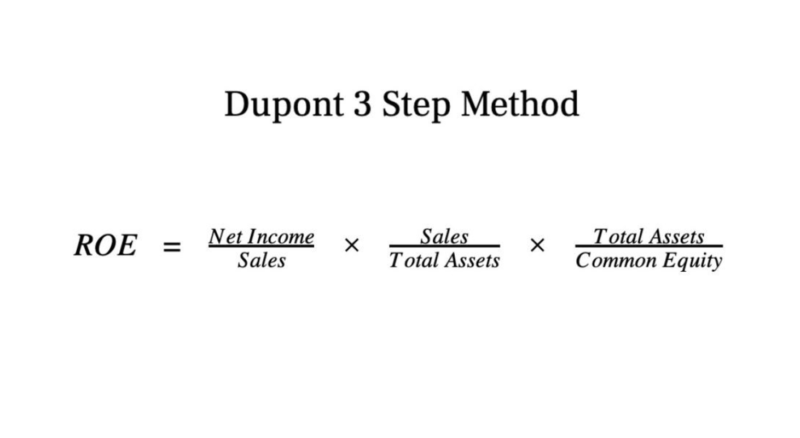
For more learning, CFI offers a wide range of courses on financial analysis, as well as accounting, and financial modeling, which includes examples of the marginal cost equation in action. Professionals working in a wide range of corporate finance roles calculate the incremental cost of production as part of routine financial analysis. Accountants working in the valuations group may perform this exercise calculation for a client, while analysts in investment banking may include it as part of the output in their financial model. If the selling price for a product is greater than the marginal cost, then earnings will still be greater than the added cost – a valid reason to continue production. If, however, the price tag is less than the marginal cost, losses will be incurred and therefore additional production should not be pursued – or perhaps prices should be increased. This is an important piece of analysis to consider for business operations.
The business owner has to pay for the fixed costs in time even if there is no activity in production. So fixed cost per unit will decrease if the production volume will increase and cost per unit will increase if the production volume decreases. Reducing fixed costs such as rent and utilities can lower warehousing expense while optimizing logistics operations can decrease variable costs such as labor and material costs.
Remove unprofitable products
It’s a lot easier to talk about a whole unit than some whole units and some partially completed units. Various methods exist, each with pros and cons, making choosing the most accurate approach challenging. While valuable for short-term decisions, the analysis might not be sufficient for complex strategic choices that require a broader perspective and consideration of long-term implications. It often aggregates various cost components into a single figure, ignoring nuances and intricacies within different cost categories. We write regular articles that help drivers and businesses become better at all things delivery.

Variable costs are directly tied to a company’s production output, so the costs incurred fluctuate based on sales performance (and volume). Variable costs, or “variable expenses”, are connected to a company’s production volume, i.e. the relationship between these costs and production output is directly linked. Johnson Tires, a public company, consistently manufactures 10,000 units of truck tires each year, incurring production costs of $5 million. At each level of production and during each time period, costs of production may increase or decrease, especially when the need arises to produce more or less volume of output.
Cost Per Unit: What is it, How to Calculate it, & Tips to Reduce It
Economies of scale happen when the cost per unit decreases as production volume increases. When producing or procuring in larger quantities, fixed costs like machinery and equipment are spread over more units, leading to lower average costs. The phenomenon is especially evident in B2B scenarios, where bulk orders can lead to cost advantages. Cost per unit refers to the amount of money it takes a company/business to produce one unit of a product. It includes both the fixed and variable costs used to produce and deliver one unit. By monitoring cost per unit, businesses set a unit price that guarantees profit.
The analysis empowers the manufacturer to make strategic decisions aligning with cost efficiency and profitability. Comparing the cost of a unit with sales revenue helps ascertain which products or services contribute the most to your bottom line. You can cost per unit formula confidently make decisions about resource allocation and product mix. The cost per unit refers to the expenses incurred by a company in producing a single unit of product, while the price per unit is the amount a customer pays to purchase that product.
Disadvantages of VC Per Unit.
Affected by economies of scale, it may decrease as production volume increases. In the Variable and Fixed tables, Calculate the cost per unit, which is the Total direct cost divided by the Total Unit produced. So, it will divide the cost of total direct material cost in cell F6 by the number of products in cell C4. So you can copy and paste the formula to the other cells of the column to divide by the product quantity also. One effective way to reduce material costs is by sourcing materials from cheaper suppliers.
- Below we break down the various components of the marginal cost formula.
- Net profit is defined as the difference between total revenue and total cost.
- Sourcing materials can improve variable costs from the cheapest supplier or by outsourcing the production process to a more efficient manufacturer.
- This formula can be utilized to find the cost per unit for any given product.
- You must ascertain the total fixed cost and the total variable cost of production to calculate the cost per unit.
- One way to reduce these costs is by using Circuit for Teams to optimize delivery routes.